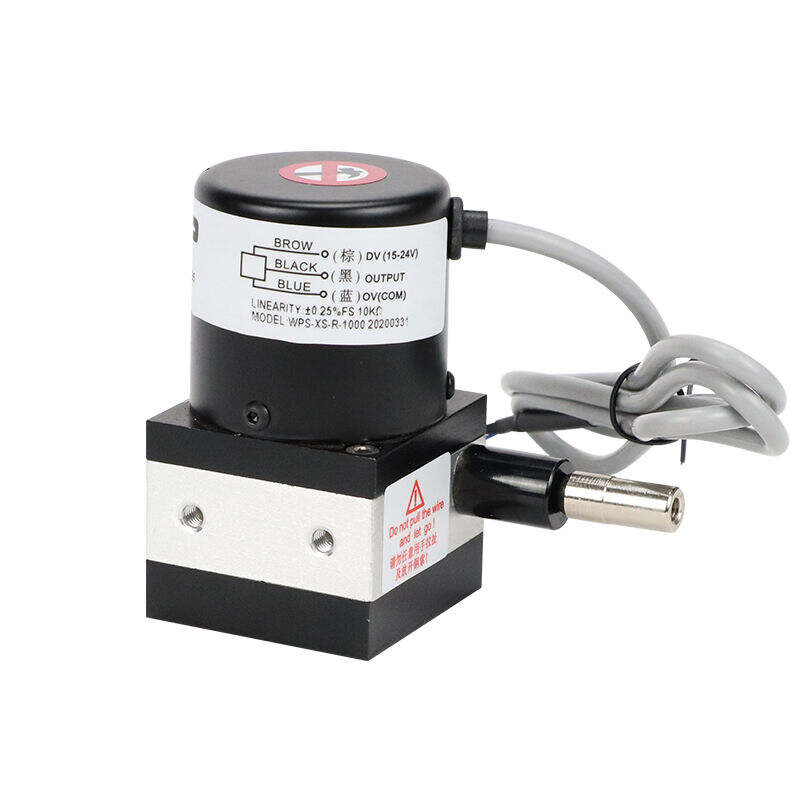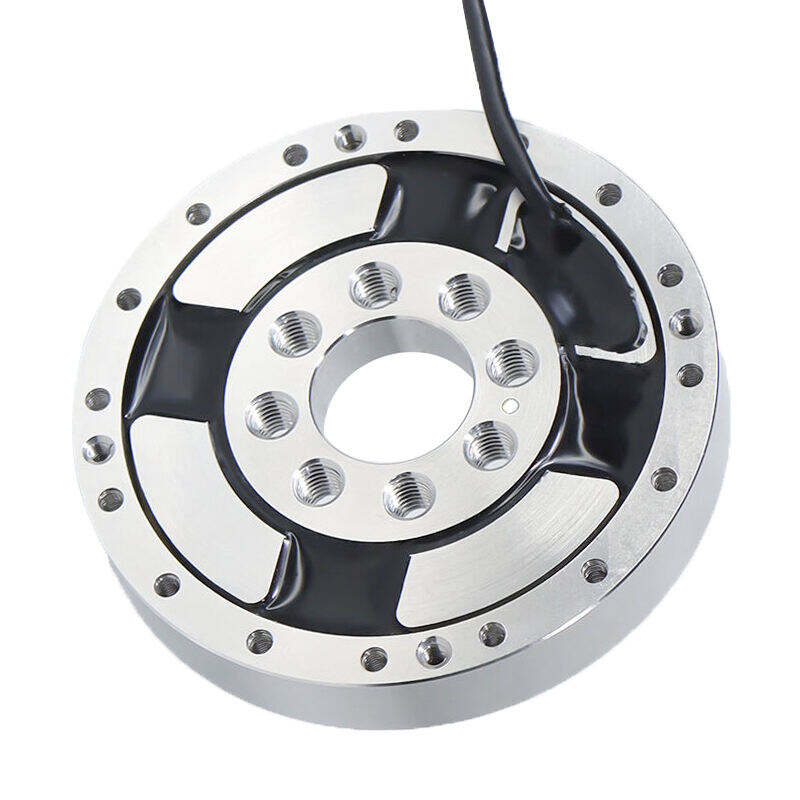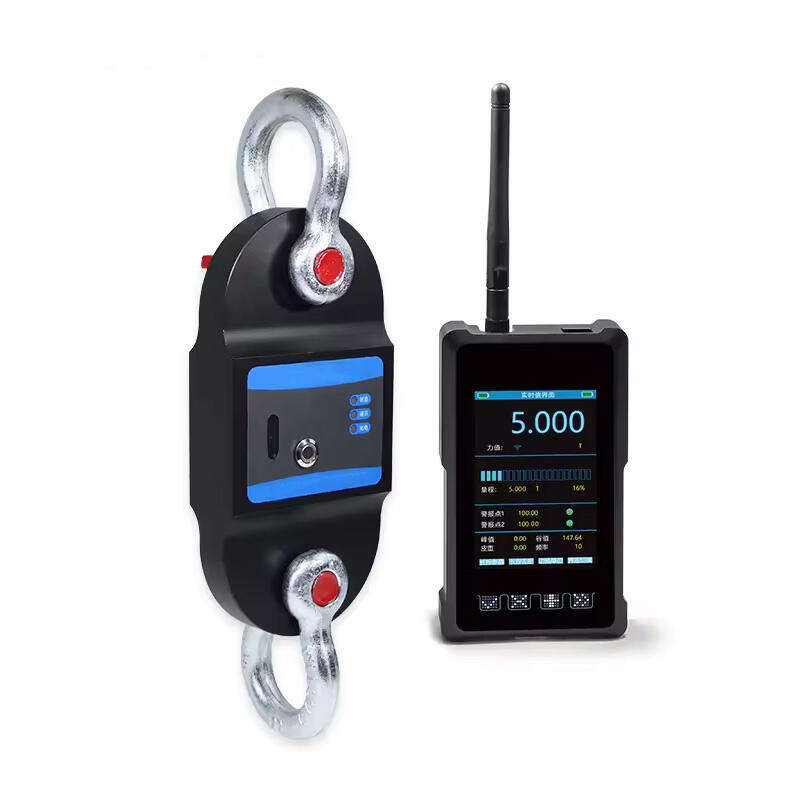Load cell sensors
Load cell sensors are sophisticated measurement devices that convert mechanical force into electrical signals, serving as the backbone of modern weighing and force measurement systems. These precision instruments operate on the principle of strain gauge technology, where applied force causes minute deformations in the sensor's elastic element, resulting in measurable electrical changes. The sensors come in various configurations including compression, tension, and shear designs, each optimized for specific applications. With capabilities ranging from micro-gram precision to several hundred tons, load cells find extensive use across industries. They are essential components in industrial scales, material testing equipment, automated assembly lines, and process control systems. Modern load cells feature temperature compensation, EMI protection, and digital signal processing, ensuring accurate measurements under varying environmental conditions. Their robust construction, typically using high-grade stainless steel or aluminum alloy, provides excellent long-term stability and reliability. These sensors can integrate seamlessly with digital indicators, PLCs, and computer systems, making them ideal for Industry 4.0 applications. The technology's versatility extends to specialized applications like medical equipment, aerospace testing, and agricultural automation.


